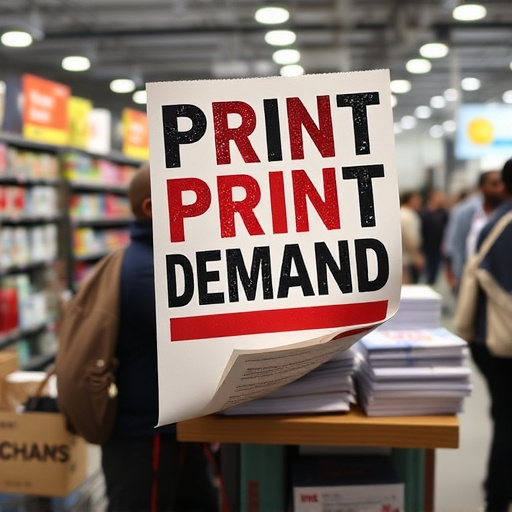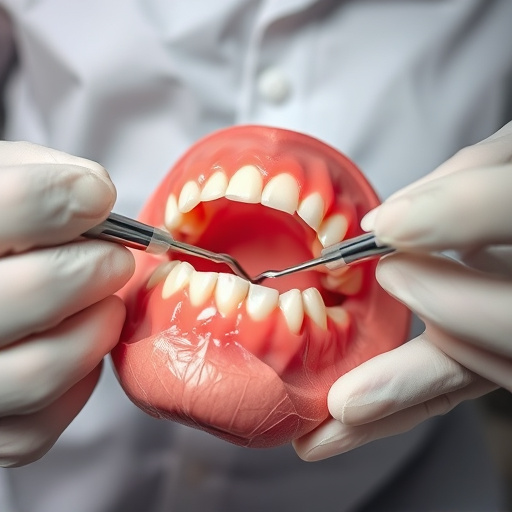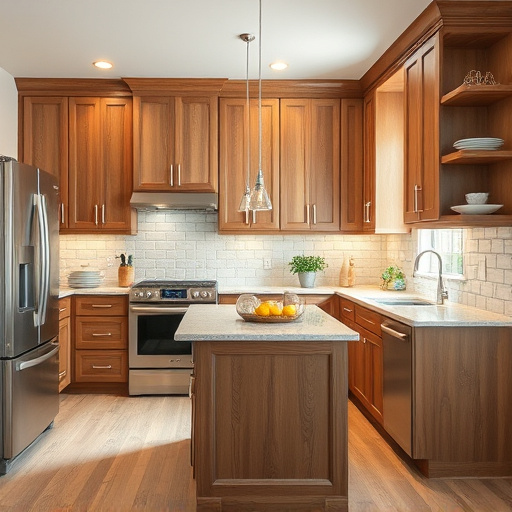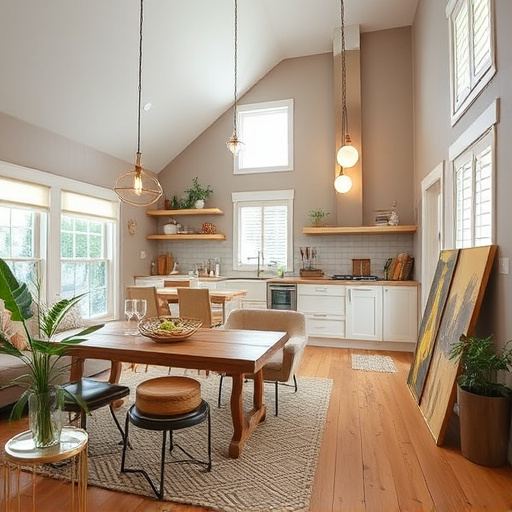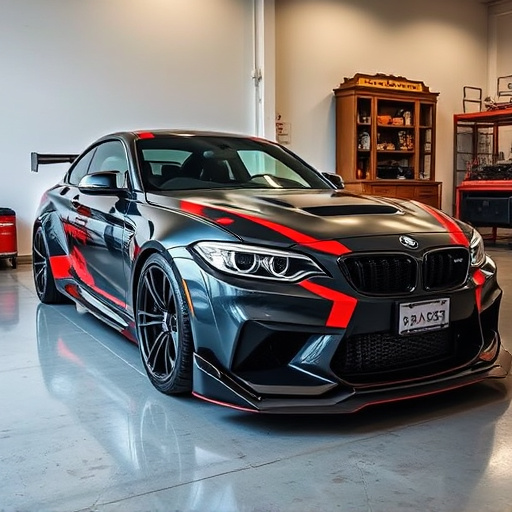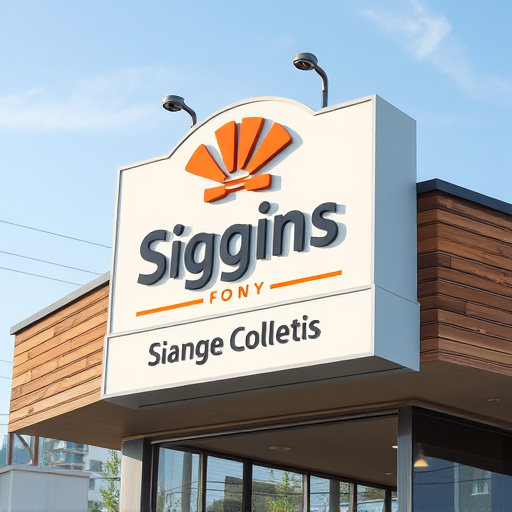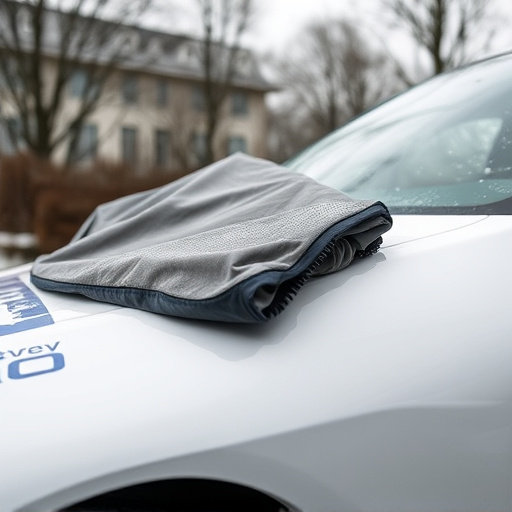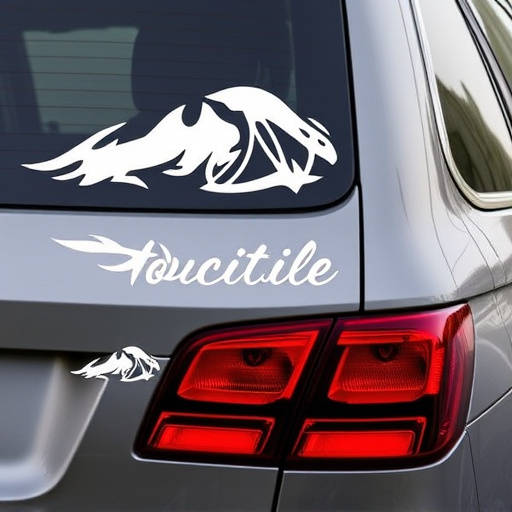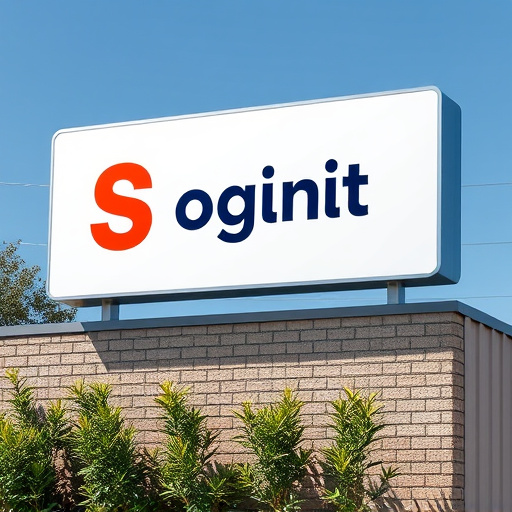Wall graphics installations are versatile tools for enhancing wayfinding, transforming spaces from mundane to captivating in commercial and transport settings. By integrating visually appealing graphics with directional elements, these installations simplify navigation while boosting brand recognition and aesthetics. Key considerations include understanding space dynamics, choosing durable materials, and aligning design with architecture. Strategic design placement and high-quality finishes ensure successful installations that serve both functional and aesthetic purposes, ultimately enriching user experiences.
Wall graphics installation is a powerful tool in wayfinding systems, enhancing navigation within buildings or spaces. This article delves into the process and significance of integrating visually appealing and informative wall graphics. From understanding the basics to considering crucial factors, we explore how these installations can guide folks efficiently. We’ll highlight best practices and the myriad benefits of incorporating wall graphics into wayfinding, making it a game-changer in today’s digital age.
- Understanding Wall Graphics Installation for Wayfinding Systems
- Key Considerations for Effective Wall Graphics Installation
- Best Practices and Benefits of Integrating Wall Graphics into Wayfinding
Understanding Wall Graphics Installation for Wayfinding Systems
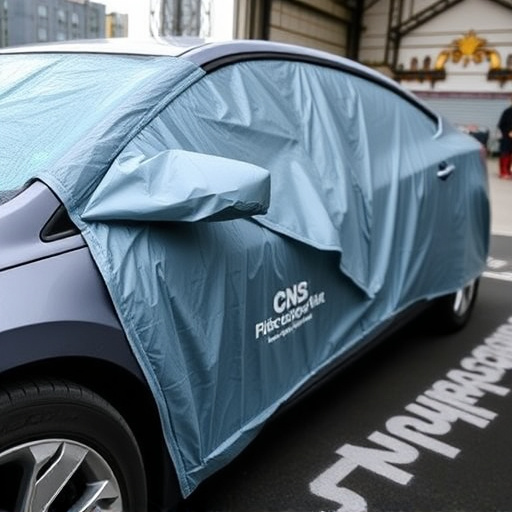
Wall graphics installation plays a pivotal role in enhancing wayfinding systems within various environments, from commercial spaces to public transportation hubs. By integrating visually appealing and informative graphics on walls, these installations serve as effective navigation tools, guiding folks with ease. The process involves carefully selecting and designing custom graphics that align with specific wayfinding requirements, ensuring clarity and user-friendliness.
For instance, in premium automotive services or car customization workshops, wall graphics can transform bland interior spaces into engaging environments. Window tinting businesses, too, can leverage this technique to display promotions or service information, adding a layer of professionalism and enhancing customer engagement. Ultimately, a well-planned wall graphics installation not only supports wayfinding but also contributes to the overall aesthetic appeal and brand identity of any space.
Key Considerations for Effective Wall Graphics Installation
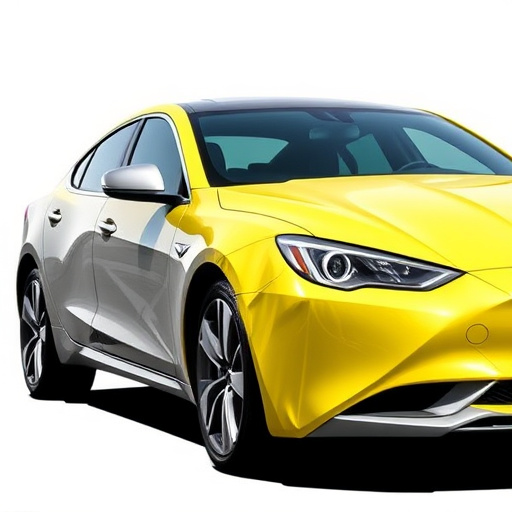
When planning a wall graphics installation that supports wayfinding systems, several key considerations come into play to ensure effectiveness and visual appeal. Firstly, understanding the space is paramount. This involves assessing the dimensions, lighting conditions, and existing decor to determine the best placement for the graphics, ensuring they stand out yet blend harmoniously with the environment. The choice of materials is another critical aspect; durable, high-quality wall graphics that can withstand various conditions are essential, especially in public spaces or industrial settings.
Moreover, integrating wayfinding elements seamlessly within the graphics is vital. This includes incorporating directional arrows, logo placements, and brand identity in a visually pleasing manner. For businesses offering premium automotive services, for instance, using ceramic coatings or paint correction techniques to enhance the finish of the walls can further elevate the overall aesthetic appeal of the graphics, creating a more sophisticated atmosphere. Effective wall graphics installation should consider these factors holistically to guide visitors efficiently while enhancing the visual experience.
Best Practices and Benefits of Integrating Wall Graphics into Wayfinding
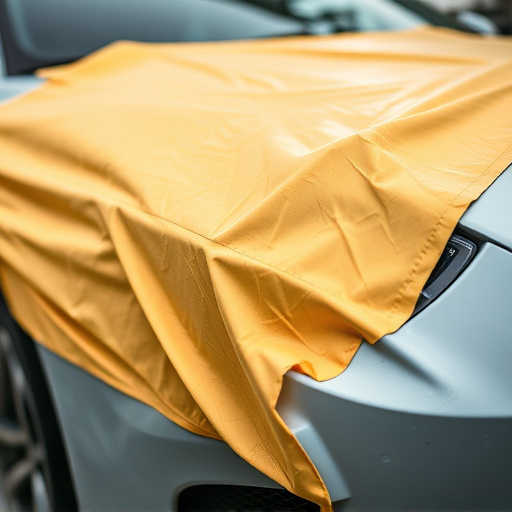
Integrating wall graphics into wayfinding systems is a powerful strategy that enhances both functionality and aesthetics. Best practices involve carefully planning design placement to ensure clarity and consistency throughout spaces, aligning visuals with building architecture, and utilizing high-quality finishes for durability. By combining visually appealing graphics with effective navigation, these installations serve as intuitive guides, improving user experience and wayfinding efficiency.
Benefits are multifaceted: from boosting brand recognition through vehicle wraps on walls to safeguarding artwork or surfaces beneath with protective coatings. Well-designed wall graphics also foster a sense of place and identity, creating memorable journeys within buildings or public spaces. This approach not only assists visitors but also contributes to the overall ambiance and appeal of any environment.
Wall graphics installation plays a pivotal role in enhancing wayfinding systems, offering both aesthetic appeal and practical benefits. By understanding the key considerations and best practices outlined in this article, businesses can effectively integrate wall graphics into their spaces, creating visually engaging and user-friendly environments. This approach not only supports wayfinding but also elevates the overall visitor experience.
